It is my philosophy that the weight-room is for building strength and health, not for high-rep light-weight “endurance” circuits or overly specific sports training. I recommend that rowers stick to the water, the erg, or the bicycle to develop endurance that will actually carry over to rowing, and leave the 20+ rep circuits out of their weight training program. I believe in using weights to train rowers to have strong legs, strong backs, and healthy, balanced bodies so that they can express their full potential on the water and enjoy a long career. Will Ruth
Will Ruth, author of Rowing Stronger points out significant exercises for rowers. Below are some staple exercises in his rowing programs that are especially beneficial for performance and injury prevention.
Part 1 of the series will recommend lower body exercises, Part 2 will focus on the upper body.
The Front Squat
Tall athletes usually find it easier to reach parallel depth on the front squat than the back squat. The anterior load of the front squat also puts additional work on the quadriceps muscles used in rowing than the back squat, which emphasizes the posterior chain more. The front squat also works the postural muscles of the mid and upper back needed to keep the athlete upright in the boat. Paused front squats with a 1-3 second pause at the bottom of the lift build great power for race starts as well as great torso strength to maintain abdominal and spinal bracing under load.
Note: Wrist mobility can be a limiting factor for rowers with tight forearms, in which case the cross-grip should be used (shown at right). If the athlete has very strong legs relative to torso strength, their postural back muscles or abdominal muscles may fail first, causing the quadriceps to be inadequately taxed. In this case, single-leg squats should be used in addition to front squats.
The High Pull
Another Exercises to Make You a Better Rower. The high pull is the simplest Olympic lift to learn and perform and can teach power transfer from the lower body to the upper body. This lift also emphasizes full hip extension, a lacking quality in many rowers’ training, to work the posterior chain muscles of the glutes and back. The high pull has a very low injury risk if a lift is missed, unlike Olympic lifts that require catching the barbell.
Note: Many athletes will need to be monitored to ensure they are performing the exercise correctly and explosively and not using too much weight. The high pull can be taxing on the grip, in which case wrist straps should be used.
The Romanian Deadlift (RDL)
Many rowers already deadlift, but the Romanian Deadlift has a few extra advantages. First, there is no set starting height. Many rowers lack the mobility to get into a correct and safe starting position in the conventional deadlift. The RDL allows the athlete to alter the exercise based on mobility. The RDL emphasizes full hip extension to work the glutes, hamstrings, and lower back and reinforces good rowing posture.


Note: Many athletes will be tempted to cut the lift short to squeeze up a few more pounds or kilos. Go as deep as mobility allows, feel the stretch in the hamstrings. The RDL can be taxing on the grip, in which case wrist straps should be used.
The Banded Good Morning
The banded good morning emphasizes the gluteal muscles and reinforces the hip hinge pattern while working stabilization of the upper back. This is a great hip warm-up and is portable for on-water practices and regattas. The angle and load of the band tension encourages full hip extension and can be increased or decreased easily depending on strength levels. Use a short band around the knees, as shown in the video, to work the gluteus medius simultaneously for an even better hip warm-up.
The Single-Leg Squat
Single-leg squats are great for strengthening the quadriceps muscles while dynamically stretching the hip flexor muscles. Most rowers have chronically tight hip flexors as a result of sitting down in the boat, on the erg, and through daily life, but stretching can only improve this so much. The single-leg squat actively works the hip flexor through a stretched range of motion to build flexibility. Additionally, the single-leg squat can also help even out bilateral imbalances that commonly result from sweep rowing. The outside leg tends to be stronger than the inside leg on a sweeps rower, which can lead to faulty gait mechanics and long-term pain and injury if not corrected. Finally, the single-leg squat is a great way to get a hard leg workout in without loading the spine with a barbell and requiring too much systemic recovery.
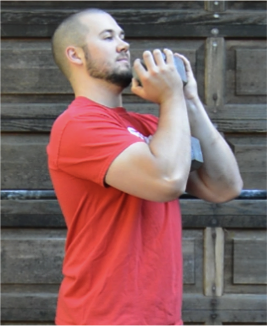

Note: Adding weight to this exercise by utilizing a barbell requires a lot of balance, so I recommend using one dumbbell or weight plate held in the goblet position (shown at right) or two lighter dumbbells side-by-side. Usually, I’ll program these for sets of 8-15 reps and my rowers rarely complain about not being able to use enough weight.
Include some of these exercises in your training to take your rowing to the next level!
Will Ruth is a former rower and current strength coach for the Western Washington University men’s rowing team, a club team in the NCRC conference. Will has his BS degree in kinesiology with a focus in sport psychology and holds NSCA-CSCS and USA-Weightlifting certifications. Visit www.RowingStronger.com to learn more about strength training for rowing and read a preview of his new upcoming manual 2.0 about effective strength training for rowing, Rowing Stronger, published by Rowperfect UK
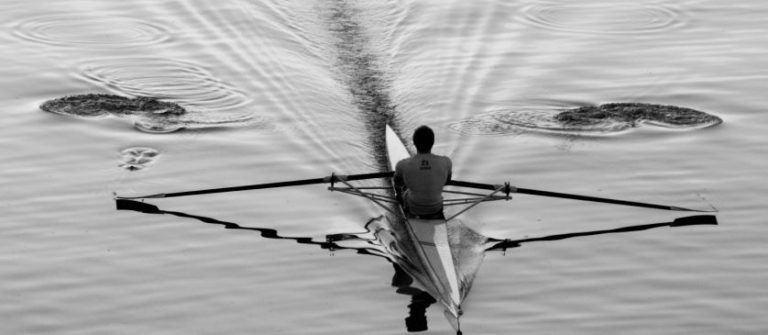
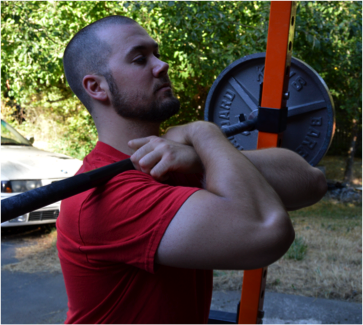
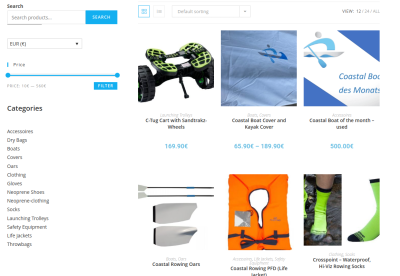
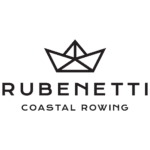
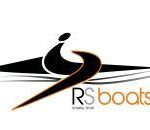

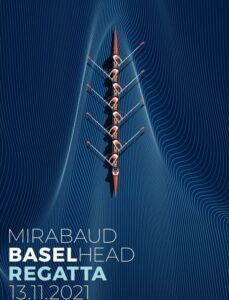
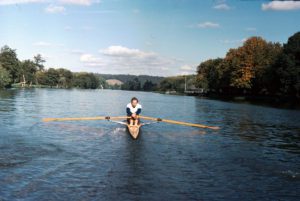

This Post Has One Comment
Very well written!
There is a link “Read Part 2” going nowere.